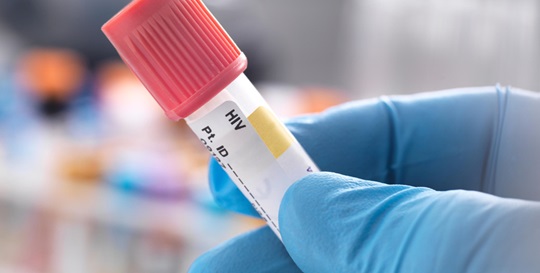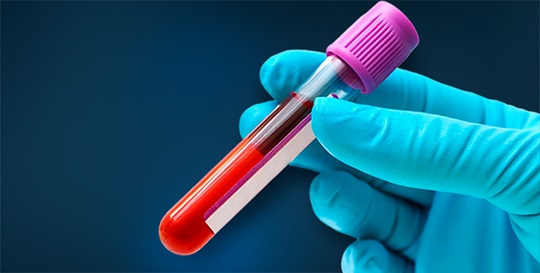This is part one of “The Advantages of Automation in Saving Time and Space in The Laboratory,” a two-part series that explores how laboratories can add value to patient care and organizational operations by saving time and space through automation.
The role of the clinical laboratory has grown in prominence and complexity over the last century. Currently, laboratories perform over 4,000 different tests,1 adding up to over 13 billion tests a year in the U.S.2 These numbers will continue to rise due to an aging population, the introduction of new tests, a growing emphasis on proactive care, and an evolving value-based healthcare system.
In the laboratory, value can be assessed by operational efficiency.3 Two important measures of this are time and space savings.
This article focuses on time savings in the laboratory. Part two of the series focuses on space savings.
Efficiency for add-on testing
Because fast, accurate results delivery is foundational to patient care, turnaround times are often a primary indicator of laboratory performance. As a result, specimen processing remains one of the most important workflow aspects.4 A time-consuming part of specimen processing is add-on and repeat testing. While adding value to care by improving the diagnosis and treatment process,5 these tests also present space, time and labor challenges.
Add-on tests account for 1.5 to 3.3% of tests performed,6,7,8 but they can require a disproportionate amount of work—up to two full-time equivalents per test.6 Without the advantages of laboratory automation, the process may include a number of manual tasks: receiving and recording requests; searching for a sample among thousands; and, verifying the sample is suitable and sufficient for additional testing.6
Laboratory storage space is another consideration for add-on testing. Almost all add-on orders are requested within 8 to 24 hours of the original test.8,9 This information can be helpful for laboratories making sample storage and disposal decisions.
Post-analytical automation systems can help locate, retrieve and test samples for dilution, repeat or add-on testing, and dispose of samples after a specified date.10 Some systems map and track sample location using lab automation software, such as a laboratory information system. This saves time; however, staff members are still required to retrieve samples. The addition of robotics can streamline the process and was shown to save about 24 manual hours a day.8
Automated storage retrieval in less than 90 seconds
The DxA 5000 total laboratory automation solution is designed to retrieve stored samples automatically in less than 90 seconds and intelligently route them to the necessary instruments for additional testing without manual intervention. The refrigerated unit stores a variety of tube types and offers two capacity sizes: 6,500 or 13,000. Sample storage, retrieval and disposal are configurable to the laboratory’s needs and priorities.
Additionally, the DxA 5000 is designed for Lean performance. The most recently archived tubes are stored in the center of the stockyard, making samples for reflex and add-on testing more accessible. Longer-term, less-frequently accessed tubes are stored on the perimeter. Because specimen volume is verified prior to storage, technologists know whether the sample volume is sufficient for add-on testing. If there is insufficient volume, the system automatically prioritizes critical tests according to the laboratory’s priorities.
Continue reading the next article in this series, “Creating efficiency and flexibility through space savings.”

 English
English





